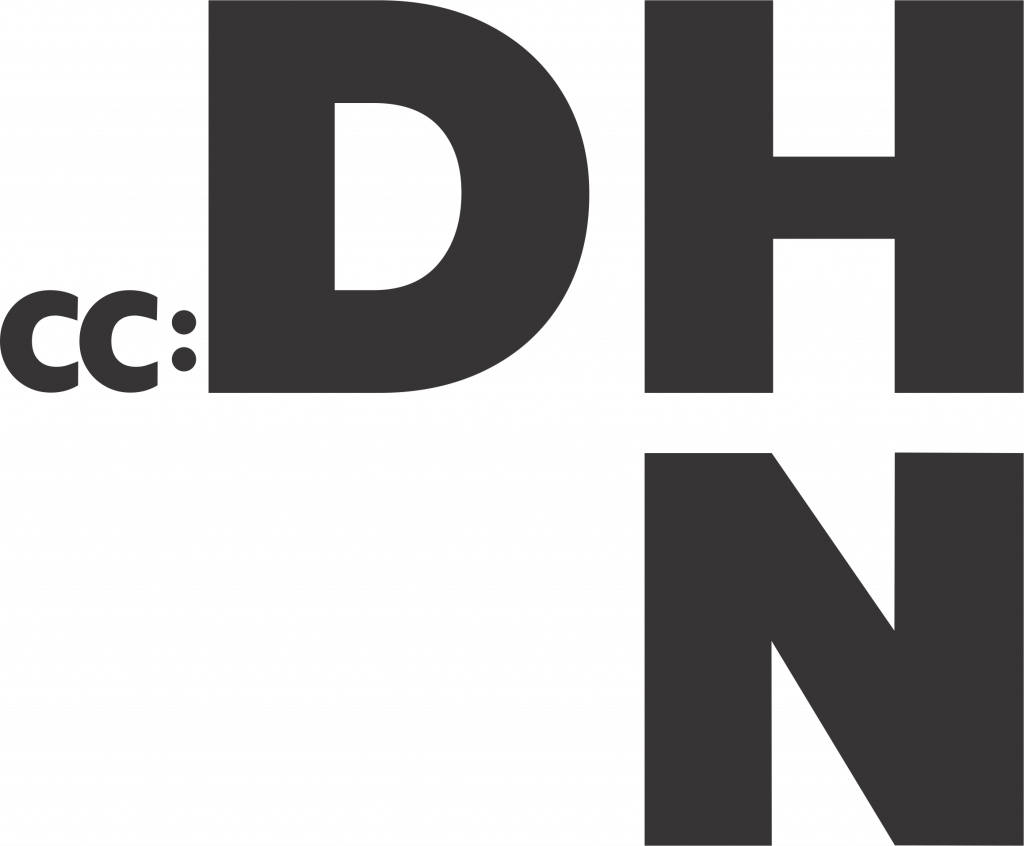
- This event has passed.
Modeling Texts and Maps with Semantic Annotation
June 3, 2024 – June 7, 2024
Format
in person/face-à-faceThis course will provide the foundation for the extended course “Text Mapping as Modelling”, that will be offered in 2023. First, we will give a theoretical introduction about one of the most important practices in Digital Humanities, the digital mapping of texts, and expand on the use of semantic annotation as a particular method for the collection of unstructured information from literary and visual sources. Participants will experiment with various methods for modeling and visualization of data, such as the use of folksonomic vocabularies, external schemas, Linked Open Data, and network visualization. In the exercise part of the course, participants will be able to look into the various tools, and create mini-projects using Recogito. Then, we will work together in a structured discussion of the results from the practical work, exploring how textual and cartographic information can be represented through different media, and what one can learn about the interpretative process of critical mapping, geographical re-contextualisation, and the modeling of ambiguity in textual research.
